Development of Puppies: From Birth to Adulthood
Every puppy goes through several developmental phases until it eventually grows into an adult dog. Learn more what is crucial for the development of puppies into self-assured and serene dogs.
The term “obedience training” is considered the high level of dog training and is offered in dog schools like agility. It originated from the American Kennel Club, a registered association for pedigree lineages in the US. Obedience training originally comes from utility dog sport (police and personal protection).
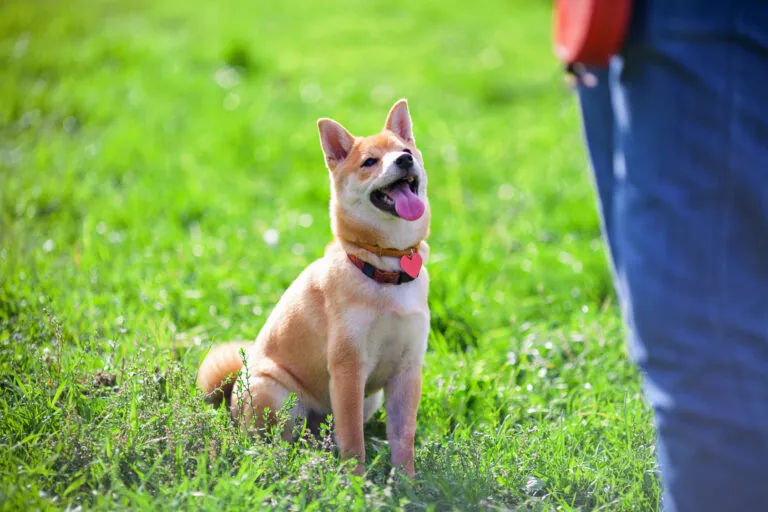
© supercat67 / stock.adobe.com
Shiba Inu pay attention to his owner at dogschool.
According to the American Kennel Club, the prerequisite to learning the command “sit” is your dog managing to stand still in front of you. If it doesn’t come towards you of its own accord, simply approach it slowly, take its lead and lead it to the point from which you called it. This way, you teach your canine friend that it has to obey you but that you aren’t angry. In order to teach your dog the “sit” command, you have two choices.
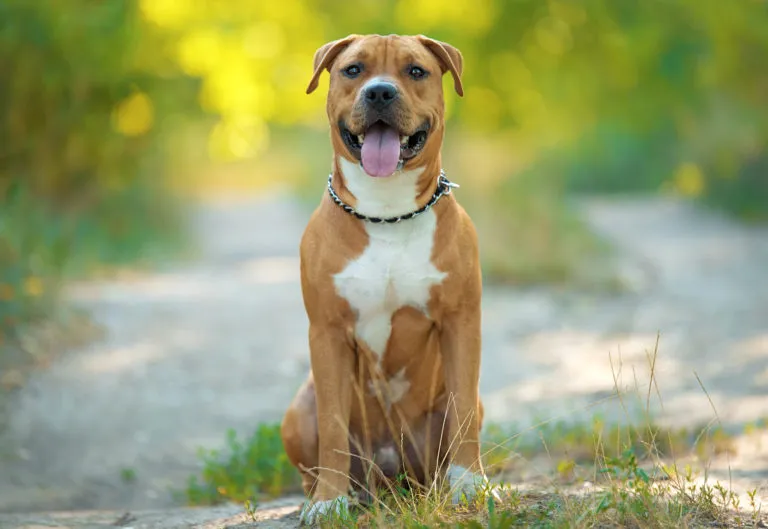 © SasaStock / stock.adobe.com
© SasaStock / stock.adobe.com
Choose the one that appeals to you most:
Option 1: Kneel on the floor in front of your dog and keep a tasty treat ready as a reward. Now hold the treat right before your dog’s nose and say “sit” whilst you slowly position it above its head. It will probably now sit and raise its head in order to nibble at the treat. If it retreats instead, simply place your other hand gently on its posterior and carefully help it into a sitting position. Definitely reward it with the treat after this, regardless of whether it needs your help to sit down or not.
Option 2: Sit down right next to your canine friend, place one hand on its chest and the other directly behind its rear legs. Say “sit” whilst gently putting pressure on its chest and against its rear legs to put it in a sitting position. As soon as it sits down, you should reward it with a tasty treat.
There are two options here, from which you can choose the most suitable:
Option 1: In order to communicate to your dog that it should lie down on command, kneel on the floor to its right and place your left hand on its shoulders. Now place your right hand directly behind its front legs. Say “down” whilst gently pressing its shoulders. At the same time, move its legs forwards until it lies down. Now stroke its back for a few seconds to encourage it to relax and stay in this position, then praise your dog and give it a treat.
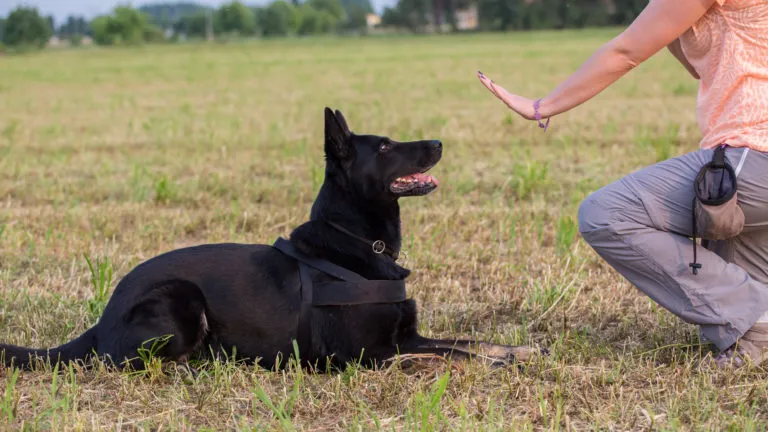 © lnichetti / stock.adobe.com
© lnichetti / stock.adobe.com
Use a “magic word”, let your dog stand up and praise and reward it again. Now get it to adopt the “down” position again and repeat it. From then on, your dog will adopt this position every time as soon as you give the relevant command.
Option 2: Place your left hand on the shoulders of your beloved canine companion whilst holding a treat in its line of vision with your right hand. Say “down” and slowly place the treat on the floor between your dog’s paws. Then slowly push it forwards away from your dog. As soon as your dog stays down, give it the treat.
This command means that your dog should stay in the required position until you say the magic word or give another command. It’s important for the command to have a concrete starting point and a clearly recognisable end. Please don’t give this command with food in your hand, because this would only encourage your dog to follow you. Practise the command by getting your dog to stay in the same spot until you come back and say the magic word. If you have a feeling that your dog wants to leave its spot, repeat the “stay” command.
 © rodimovpavel / stock.adobe.com
© rodimovpavel / stock.adobe.com
Working dogs have always had to learn to obey commands relating to their area of service. For instance, herding dogs have learnt to lead a herd of animals in the specified direction upon the shepherd’s instruction. Following on from this original task they memorised, herding dogs now happily chase balls during training.
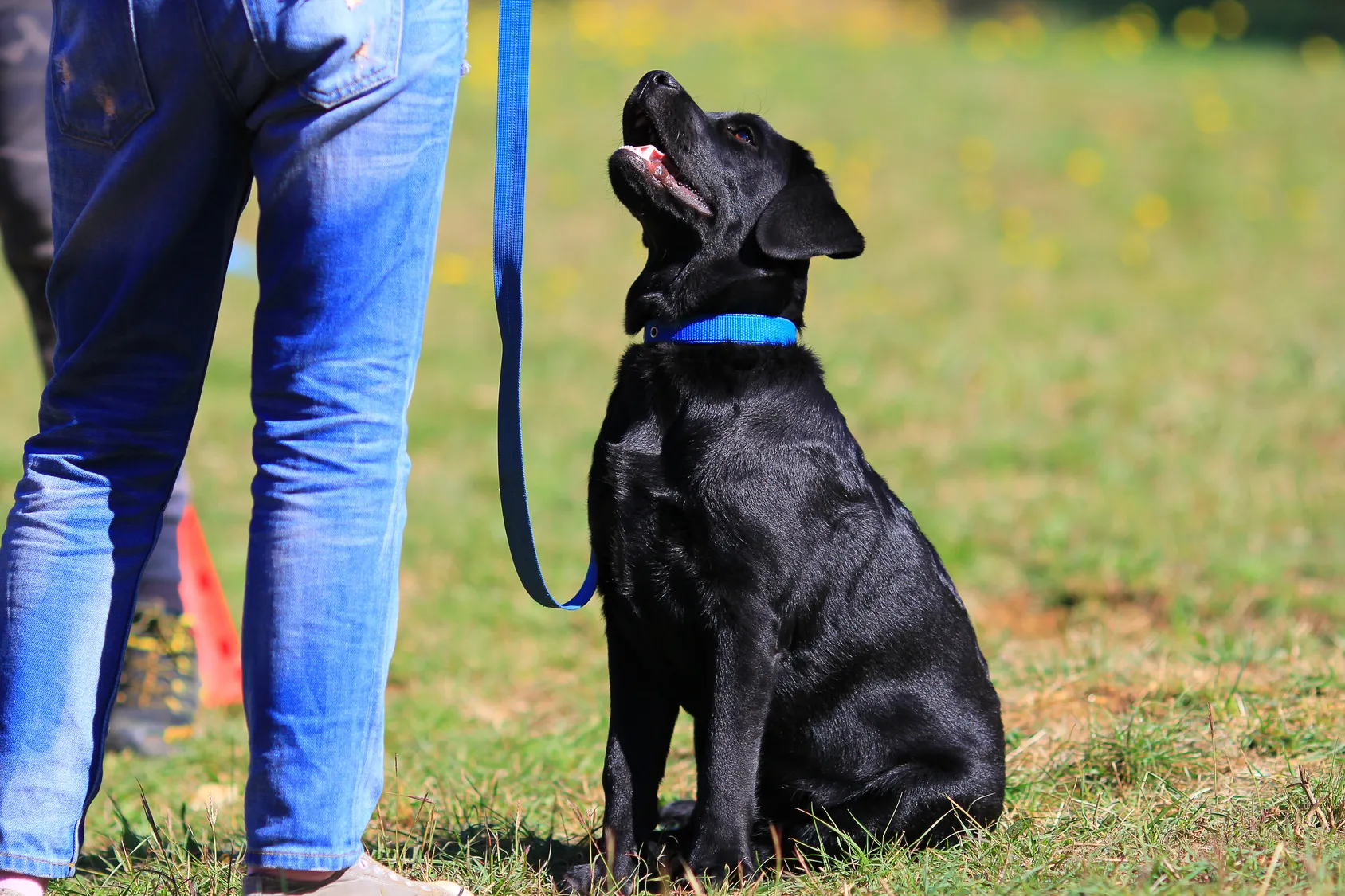 © melounix / stock.adobe.com
© melounix / stock.adobe.com
However, obedience training for a dog can be a protracted process. It depends on the dog in question, the method used and not least on the abilities of the dog trainer or owner. The desired level of obedience is also crucial in terms of time commitment. Some breeds such as the German Shepherd and Border Collie have the reputation of being easier to train than some others. The most important tenet for dog training is always consistency. Obedience training can be considered preparation for further training methods. A good relationship between the dog and its owner is crucial for the success of training measures and can be intensified by doing fun activities together. If the dog and its owner form a good team and do activities that both enjoy, the bond between them is strengthened, which in turn is a requirement for successful training.
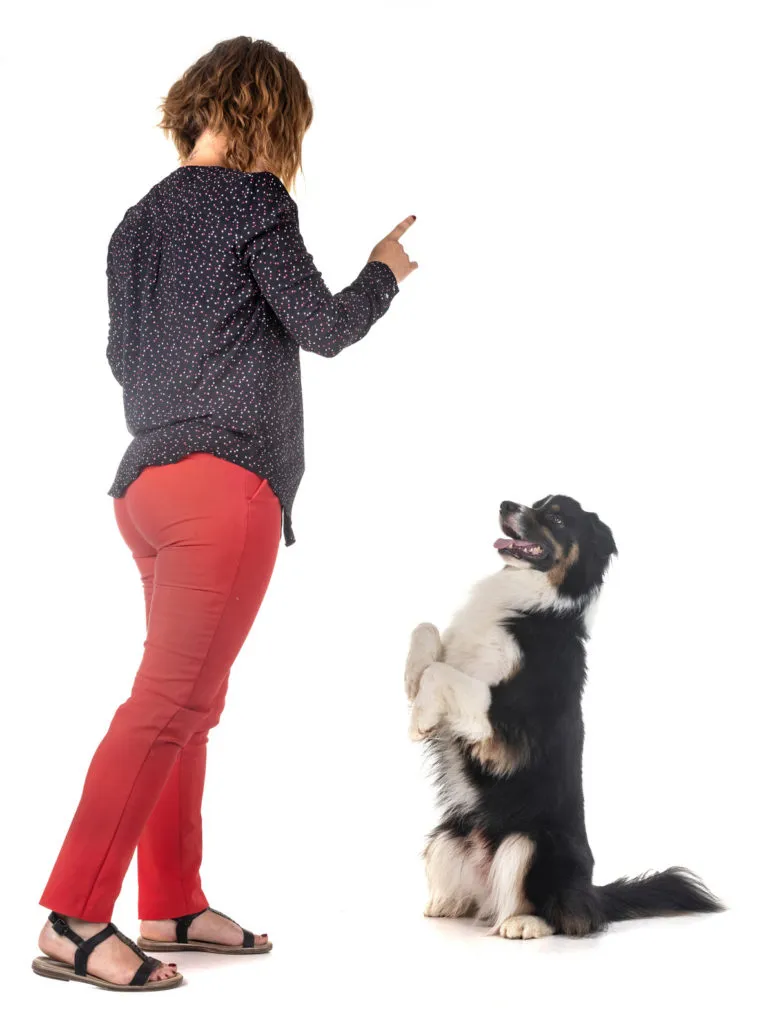 © cynoclub / stock.adobe.com
© cynoclub / stock.adobe.com
In an active family, numerous family members can do different activities with the dog depending on what they enjoy most. It’s very important that the dog enjoys the same activity too.
The dog and owner usually learn the basics within a manageable time-frame of six to ten weeks. During this period, the owner learns how to communicate with their canine companion to teach it a few simple commands. With most types of training, the dog is always taught one command at a time. Being led properly on the lead is a very important initial training component, and only when the dog masters this can it then learn more commands.
Some dogs perhaps show their owner that they enjoy tracking work more. This can come to the fore by them searching the dog park for treats in order to gain rewards (system of self-reward).
However, the purpose of dog sport is definitely always for both parties to have fun. You should also take a close look at your canine companion’s physical requirements. For instance, dogs with short legs aren’t suited to running alongside you during bike rides. If you’re uncertain, you can of course also ask your vet or breeder to which type of sport your dog is best suited with its physical characteristics.
Obedience training can lead to competitive sport, though doesn’t have to. Of course it can also be just for fun or simple to train your dog’s obedience.
However, if the dog and owner really enjoy obedience training together so much that they wish to participate in a tournament, the owner has to complete a companion dog assessment with their dog beforehand. This is an essential requirement for participation.
Every puppy goes through several developmental phases until it eventually grows into an adult dog. Learn more what is crucial for the development of puppies into self-assured and serene dogs.
Some dog lovers are sure that their canine companion understands them perfectly. Nevertheless, there are often misunderstandings between humans and dogs in day-to-day life, because what appears self-explanatory to us isn't always so clear for dogs. What do dogs really understand?
Many dog owners kiss their dogs and cats, so we can only hope that they have brushed their own teeth and their pet's too! But joking aside – cuddling and snuggling with animals isn't just unhygienic in certain cases, but can also be dangerous.